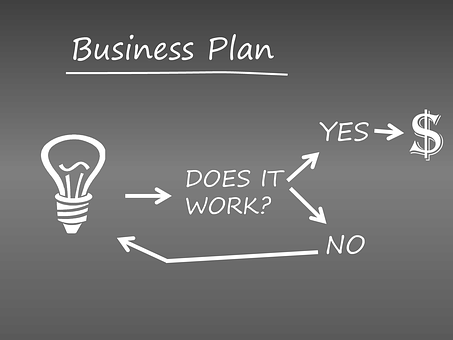This month I celebrated six years in business, a significant landmark for a business, given that four out of ten businesses in the UK don’t make it beyond five years.
This statistic has been constant for the last twenty years and whilst there are often ‘valid’ reasons for this, I believe that many could have been foreseen during the planning stage of the business. I read the book The E Myth more than thirty years ago and was struck by the premise that, many small businesses fail because the owners are working ‘in’ rather than ‘on’ their businesses.

It’s a well-used ‘mantra’ still, but what does it mean to work ‘on’ your business? I believe it’s quite simply managing the business, i.e. ensuring the right strategy, structure and systems are in place and being entrepreneurial.
The Oxford English Dictionary defines entrepreneurship as ‘the activity of making money by starting or running businesses, especially when this involves taking financial risks’. In my view, financial risk is only part of the story. As a marketer, I firmly believe that knowing how your main target market will benefit form your products or services, knowing your key strengths (as well as those of the competition) and anticipating what the market will want in the future is equally if not more crucial!
Here are three things you can do to reduce the risk when launching a new business, product or service;
Market Segmentation
Segmentation involves breaking the whole market into groups and then concentrating your sales and marketing efforts on one or two key segments consisting of those customers whose needs and desires most closely match the benefits your product or service can provide. I’ve seen businesses waste a fortune on their marketing trying to reach everyone, whereas if they’d focussed solely on the people that were most likely to want their product or service they could have hit them more often with a message that was tailor made for them as a group.
Competition Grid
A quick and easy way to compare your product or service with similar ones on the market is to make a competition grid. Down the left side of a piece of paper, write the names of four or five of your competitors. Across the top of the paper, list the main features and characteristics of each. Include such things as target market, price, strengths, weaknesses and level of customer service. A glance at the competition grid will help you see where your product fits in the overall market.
SWOT Analysis
This can be used to look at your own business as well as those of your competitors. Strengths, Weaknesses, Opportunities and Threats can relate to both your own (and your competitors’) internal situation as well as the external environment which is usually examined in terms of the Political, Economic, Social, Technical, Environmental and Legal landscape.
If you would like some templates for the above to help you plan for your business email me and I’ll send them to you. paul@ebusinesscoaching.co.uk.


